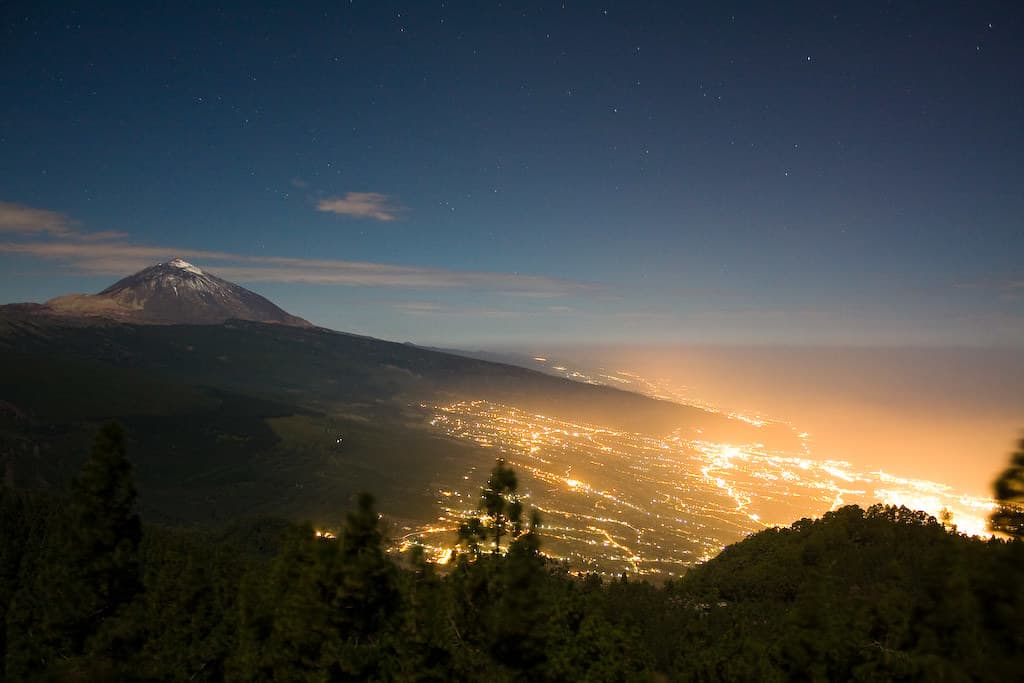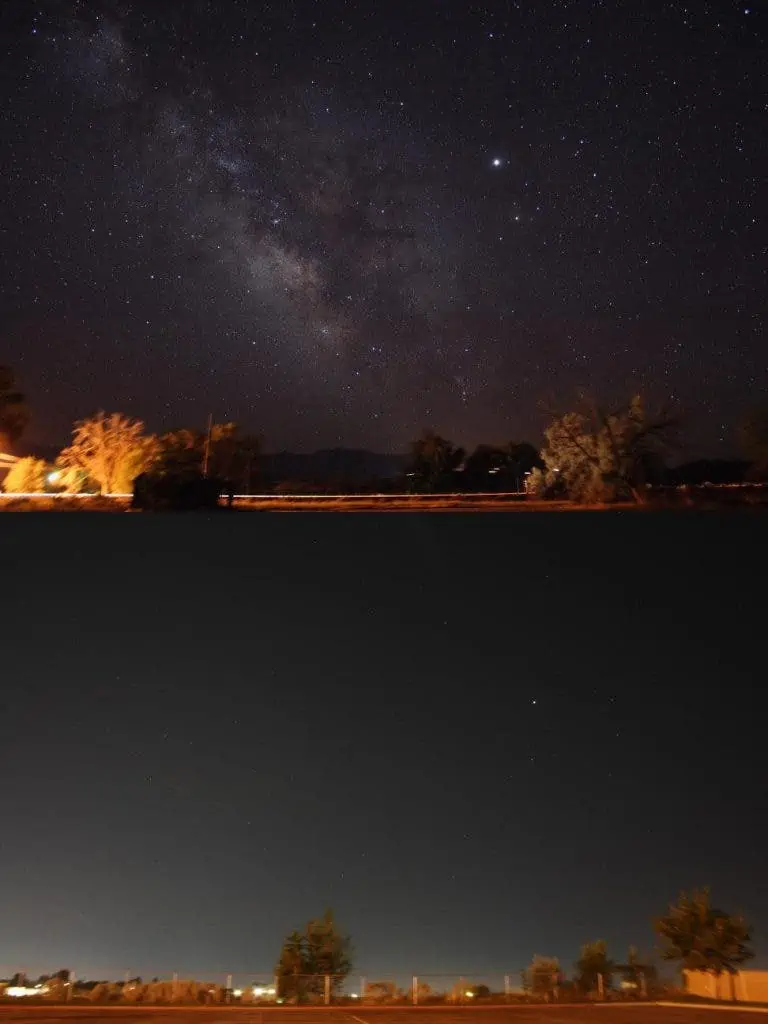
For centuries, stargazers have looked at the night sky with wonder and awe. However, as more and more artificial lights are added to our cities and towns, the natural darkness of the night sky is rapidly vanishing, replaced by an eternal twilight. Light pollution, or the scattering of artificial light in the atmosphere, is making it increasingly difficult for people to see stars and experience the full beauty of the night sky. A new study led by Christopher Kyba from the GFZ German Research Centre for Geosciences in Potsdam has revealed that this problem is only getting worse, with the night sky becoming brighter at an alarming rate.
Citizen science is still science
The study, which employed over 50,000 observations from citizen scientists from across the world over the last 12 years, found that the night sky has increased in brightness by 7% to 10% per year. That’s equivalent to a doubling in brightness in just eight years — much faster than the previously reported 2% increase per year in brightness reported from satellite observations.
“The citizen science dataset from Globe at Night is a really unique resource, and I’ve always been interested in the idea in developing a way to convert those individual observations into a collective result. That’s what has motivated me to work towards this over the last several years,” Kyba told ZME Science.
“There are two main findings. The first is that each year people are reporting that they see fewer stars than the year before, and the rate of this change is a lot higher than I had expected. The second is that this citizen science technique is both very important and very powerful as a way to track changes in this environmental parameter over really large spatial scales,” the researcher said.
Under the presently estimated sky brightness change, a child born in an area where 250 stars were visible would likely see fewer than 100 stars in the same location 18 years later when they become an adult.
Light pollution: the bane of astronomy

This decline in the visibility of stars is not only a blow to stargazers but also to the field of astronomy. Light pollution makes it difficult for astronomers to observe faint objects in the night sky, such as distant galaxies and nebulae. In addition, the bright lights of our cities and towns create a “skyglow” that can extend hundreds of miles into rural areas, making it challenging for astronomers to conduct observations from even the most remote locations.
Light pollution also has significant environmental consequences. Artificial lighting disrupts the behavior of nocturnal animals, such as birds, bats, and insects. They are attracted to the light and can suffer a range of negative effects, including disorientation, reduced reproduction, and even death. Additionally, artificial lighting can negatively impact plant growth and pollination. If vegetation is exposed to light every night, then trees and flowers start blooming faster and earlier, and this triggers a whole cascade of other effects. Many creatures base their lifecycles on the blooming of flowers, for instance.
“For me, sky brightness is a general indicator that we are not lighting effectively. So if we are seeing a large increase in sky brightness, it’s likely that the kinds of emissions that affect wildlife are also rising. For example, migrating birds are particularly vulnerable to lit facades during periods of bad weather,” Kyba said.
Humans aren’t spared either. Studies have shown that light pollution can disrupt our circadian rhythms and lead to sleep disorders and depression. Additionally, people who are exposed to excessive artificial light at night have a higher risk of certain cancers, such as breast and prostate cancer.
It’s not clear, however, what is responsible for this massive uptick in skyglow as the present study is merely observational. For now, Kyba speculates that the shift from high-pressure sodium lights to white LEDs. Municipalities across the world are part of this transition, and it’s reasonable to see why. LEDs produce brighter light, in contrast to the dark yellow glow of sodium lamps which is generally a very low-quality light, all while consuming 50% less energy and lasting upwards of three times longer than conventional lamps. But at the same time, LEDs contain blue light, which is scattered more easily in the atmosphere. Moreover, the human eye is more sensitive to blue light than orange light. Advertising and facade lighting may also be to blame.
“My subjective impression is that facade lighting is becoming more common on new buildings and houses, but I don’t have any data to back that up. The reason that this could help explain the difference with the satellite observations is that signs shine light sideways, which is the worst possible direction for skyglow, but makes them hard for the satellites to see,” the researcher told ZME Science.
It is clear that light pollution is a rapidly growing issue with significant consequences for both our ability to see the stars and for the environment. As the new study illustrates, citizen scientists can play a vital role in understanding and addressing this important problem — something that almost never happened in this situation, were it not for Kyba’s diligence.
The scientist explains that this project was repeatedly denied funding, so Kyba worked on it in his spare time for nearly a decade.
“In the end, the work we did is in my opinion very interesting, but there is still a lot of work to do in terms of better understanding the systematic uncertainties of the method, and also in looking into whether we can identify some places that deviate from the continental averages that we report,” he said, adding that the power of citizen science is that it is totally inclusive and anyone can participate. This means you too, the ZME Science reader, are encouraged to take part.
“If the participation in the project was to increase by a factor of 10 or 20, it would become possible to examine smaller areas such as individual countries or states. That would mean that we could find places where light was growing more quickly or slowly than average (or perhaps even reducing), and we could ask what makes those places different. For example France has a national light pollution law. Has it been effective at controlling emissions? At this point, we don’t know. So it would be really fantastic if your readers would take part, and tell their friends and family to take part, and then take part again next year.”
The new findings appeared in the journal Science.






